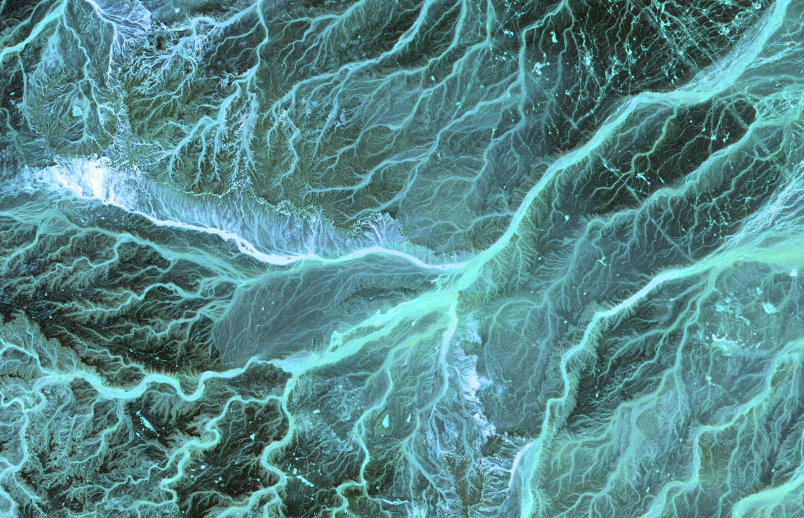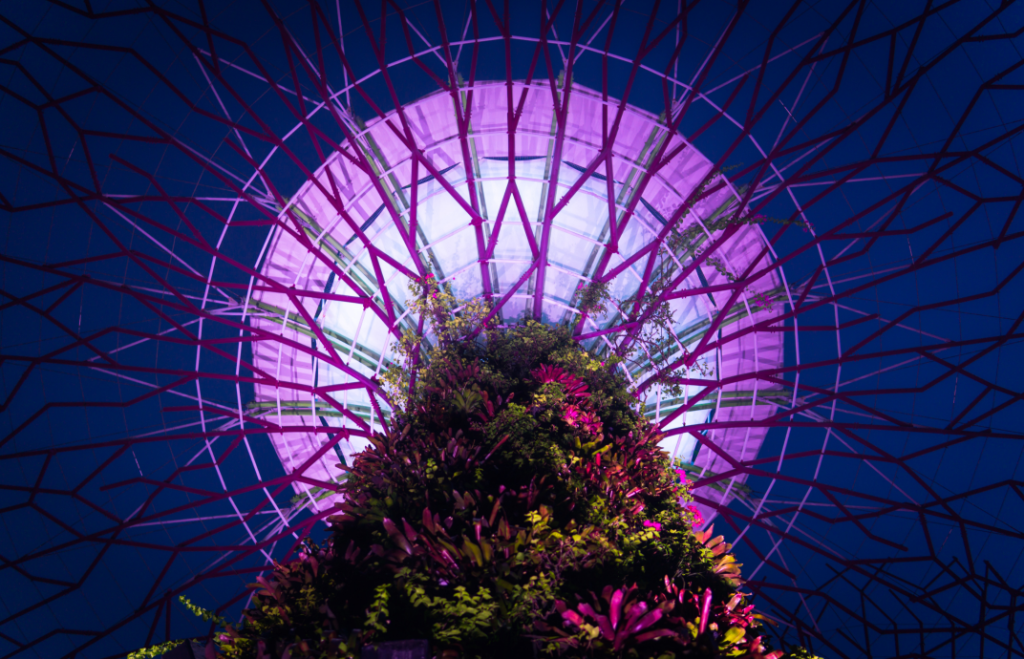When I was small, I couldn’t imagine I could ever move and travel, visit other lands, see and experience so much. I thought I could only grow and feel. But through the decades I’ve learned a lot, losses and gains. I even truly died once. And received a new life. And saved lives. Many years ago, we thought we knew everything about the other creatures, humans, insects, animals, flowers. We got used to thinking of others as something separate and distinct. But I so much love to be surprised.
I’m standing now in a very beautiful place, in a pretty big park within the large green safe urban space. I’m an Oak, by the way, partly artificial. I’ve been here for about a decade already, but let me tell you how I got here.
Over 50 years ago, a little boy planted Oak seeds in the school garden. That was a tough time. Several human nations all over the world were having military conflicts, some families lost their relatives and friends, their lands and homes. These seeds in children’s hands were devoted to those whom they have lost or were missing.
One of those seeds then became me. So, though I’m a tree, I like to think I’m partly artificial, seeded on purpose to manifest life. When I was very small, I loved having children playing around me and exploring their surroundings. And dreamt about being huge and strong and protective for them in the future.
Though all of us, creatures, form the whole ecosystem on the Earth together, your human species is really creative and that is what I love about you. But that is also what moved lots of your ancestors to vanity and hunger for inventions with terrible circumstances. Some really believed they would overmaster the system. That affected me too. I was a small tree in the garden when the governments decided to make miles of parks and gardens into a long concrete-iron-and-asphalt road for the sake of huge machines to deliver grains, equipment, weapons, and whatever else they thought would save the people. One of these fast decisions buried me under tons of concrete, deep into the earth. That was a backstep. I was ready to say goodbye. But I still had my roots supporting me, water from the land feeding me, and the memory about my future dreams.
For several years I felt the pain literally crushes me. That was my prison, human’s grief, Earth’s distortion. But I remained there. And, somehow, the conflict that almost killed me also accidentally gave me a new chance, through its final accords. Once some explosives were used by humans to break the military road and symbolically end the war and bury the weapons, one of those explosions – some big bang – tore apart layers of concrete and gave me back my breath. The land looked broken and poor. And it was silent. The only ones I could trust were the sun and the rain. There were lots of us – broken pieces –, and all of us – trees, insects, and bacteria – were trying to glue all this together into a new form of further life. Our roots and birds were our communicative channels. We had to make some kind of Kintsugi art with this land to support life.

After some time, humans joined us. We had a lot to recreate together. First there were passing refugees searching for branches as shelter and food to carry on. They needed to be held and respected, and they were ready to treat back the same. A long time passed until I grew up and became the biggest tree in the area. Somehow, I was overgrown with legends, received different names, and became a place for connection. “Meet at the old Oak”, – they would say. I heard lots of discussions and lectures, saw the exhibitions of children’s art, even participated in some art installations as part of the scenery. My dreams were becoming true.
I saw how the new type of human’s urban life started to grow around me, different, with no big bangs (though thanks to that one). I guess at that point we all realised that we can survive and avoid disasters only with co-respect and co-creation.
Eventually, I died. You know, the life cycle. That happens with trees when some caterpillars have their population explosion. They are hungry and create their “saving roads” in their own way. So, big thing, I had a disease and just died. And I was dead for pretty many years.
But I told you I was partly artificial. That’s what I love about humans, remember? Creativity, and your ability to learn. The legends around me made people want to symbolically appreciate my life, and the local community invited an artist to create some kind of installation in my memory. The artist, apparently, worked in the bio-art field, exploring the language of the plants. So she didn’t want to create an installation from scratch. She decided – in the best tradition of Duchamp – that what was left from me was the very installation. Though not that simple. Led by her artistic vision, scientists and technicians worked together to find out that some trees from another corner of the planet were close to my bio-type and yet resistant to the disease that killed me. So, they crossed the different tree species, perfected a system for integrating a fragment of my deceased DNA into that combination, and implanted it in a much younger oak. They then installed me in this beautiful new park and let me breathe and grow again, and bloom, and throw acorns, and give life. I am not the same me I was before, but I love this artificial part of me. I am a cyborg among the trees. I was once seeded with love, and then recreated with art and science, and now I live with some built-in sensors that read my performance, artists transform them into a language of video and sounds, scientists are looking for new ways to support and develop natural life. My new life marked the beginning of lots of interesting research work in the ways the biopresence of other species’ DNAs in the body of a different species enables new forms of interspecies communication and understanding. Practically speaking, a new way to support the Earth’s ecosystem in balance.You, humans, call this a fancy term: “implementing the regenerative economy at all levels”. But for Oaks it simply means remaining true to the roots, breathing, doing what we were designed to do.
*This story was inspired by the art & science “Biopresence project” (2012), created by the bio-art artist and researcher Olga Kisseleva in partnership with various scientists.
